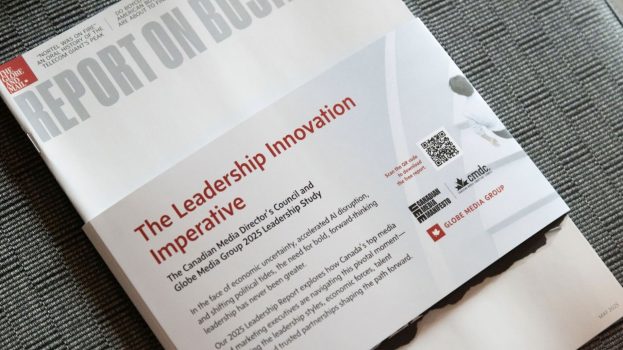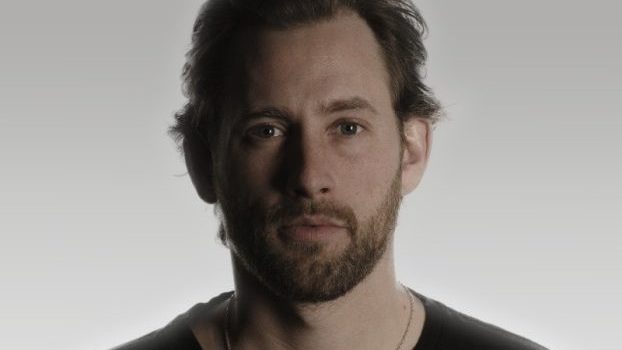In trying to differentiate, a brand’s strategic approach to CSR can be as critical as the issue it seeks to address.
That’s why Catherine Brown, VP of marketing and CSR at insurance company Aviva Canada, believes the success of its new “social impact platform” hinges both on what it intends to do – improve road safety – and how it plans to achieve that by “co-creating solutions” through strategic partnerships.
The firm’s “Take Back Our Roads” debuted last month and puts the emphasis on some of the company’s core competencies: road safety and the data it’s collected from the $1.4 billion it pays out in auto collision claims annually. The platform – which will guide the firm’s CSR activities in Canada for the next five years, at least – aims to identify the most dangerous roads and school zones, and then to improve their safety through community projects and innovation, according to Brown.
“We explored a number of different territories and needs for the community,” she says. “But road safety felt like an area that could be really differentiating for us, and that we have a tremendous amount of knowledge and data and expertise to be able to make a material difference.”
But the company is aware that it can’t tackle the issue on its own.
So, on July 24, it unveiled a partnership with Highline Beta, a venture capital firm that also works with AB-InBev and RBC, kicking off an accelerator program called “Safe X Connected Cities.” The program will help scale startups that aim to tackle “road safety, mobility and smart city challenges,” offering coaching and programming to help accelerate their growth. A first tranche of around 10 startups are expected to be announced in the fall, the goal being to create “longer-term, sustainable solutions and businesses that are focused on road safety,” Brown says.
“Where other companies might share data, or identify what the core issues are,” she says, “we are committed to going out and co-creating solutions for [those issues].”
The company is also working with Parachute, a non-profit that operates in the safety space, to identify the 20 school zones that are at the highest risk of accidents, as well as the factors (including visibility, speed, volume or congestion) that make them so dangerous. (The company notes that more than 156,000 people are injured or killed on Canada’s roads every year.) The idea is to then build infrastructure to ultimately help make them more safe.
 Aviva has already had its first lesson on how to approach those road-safety and community projects.
Aviva has already had its first lesson on how to approach those road-safety and community projects.
Around the time of the platform’s initial roll-out, the insurance firm placed pedestrian crossing flags at some intersections in Toronto that were designed to increase pedestrian visibility and safety. However, they were criticized by some social media users for putting too much onus on pedestrians. And after realizing it had not gone through the proper municipal channels, Aviva was forced to remove the flags.
“It was a polarizing topic and a polarizing execution, but it really started a conversation that we’re really excited to move forward with,” says Brown, adding that she still believes in the initiative and that the company is looking at how the flags can be implemented in a different away: “[Now], we’re pivoting the thinking around it to say, ‘If we were to implement flags, how could we measure it? How could we understand the intersections where people feel like there’s a need for more safety and visibility for the pedestrian?’”
Aviva employees who engage with road safety data as part of their regular duties – data scientists, actuaries and claims analysts, for example – will now approach the issue by working with local governments and police services to identify areas of the city that are particularly dangerous, says Brown.
As for how it plans to promote the new CSR focus, the VP of marketing says storytelling will be at the forefront of its marketing.
“Safety is a space that we really feel is going to come to life through storytelling, and storytelling is the innovation and the solutions and testing and piloting,” she says. “We’re going to be gathering all those stories over time – whether it’s through the school zones program, through our startup initiatives, through other pilots that we have planned for down the road – sharing back to the community, and giving some momentum to the marketplace.”
“Take Back Our Roads” follows a decade of the Aviva Community Fund, through which Aviva invested more than $9.5 million in 400 communities across Canada on a variety of projects, from building and restoring community spaces to funding environmental projects and establishing programs for youth and at-risk individuals. And much like its predecessor, the new platform was led by Aviva’s Canadian CSR team, which has the highest rate of employee giving and volunteering across the Aviva group, says Brown. She sees an opportunity to expand “Take Back Our Roads” globally, too.
























